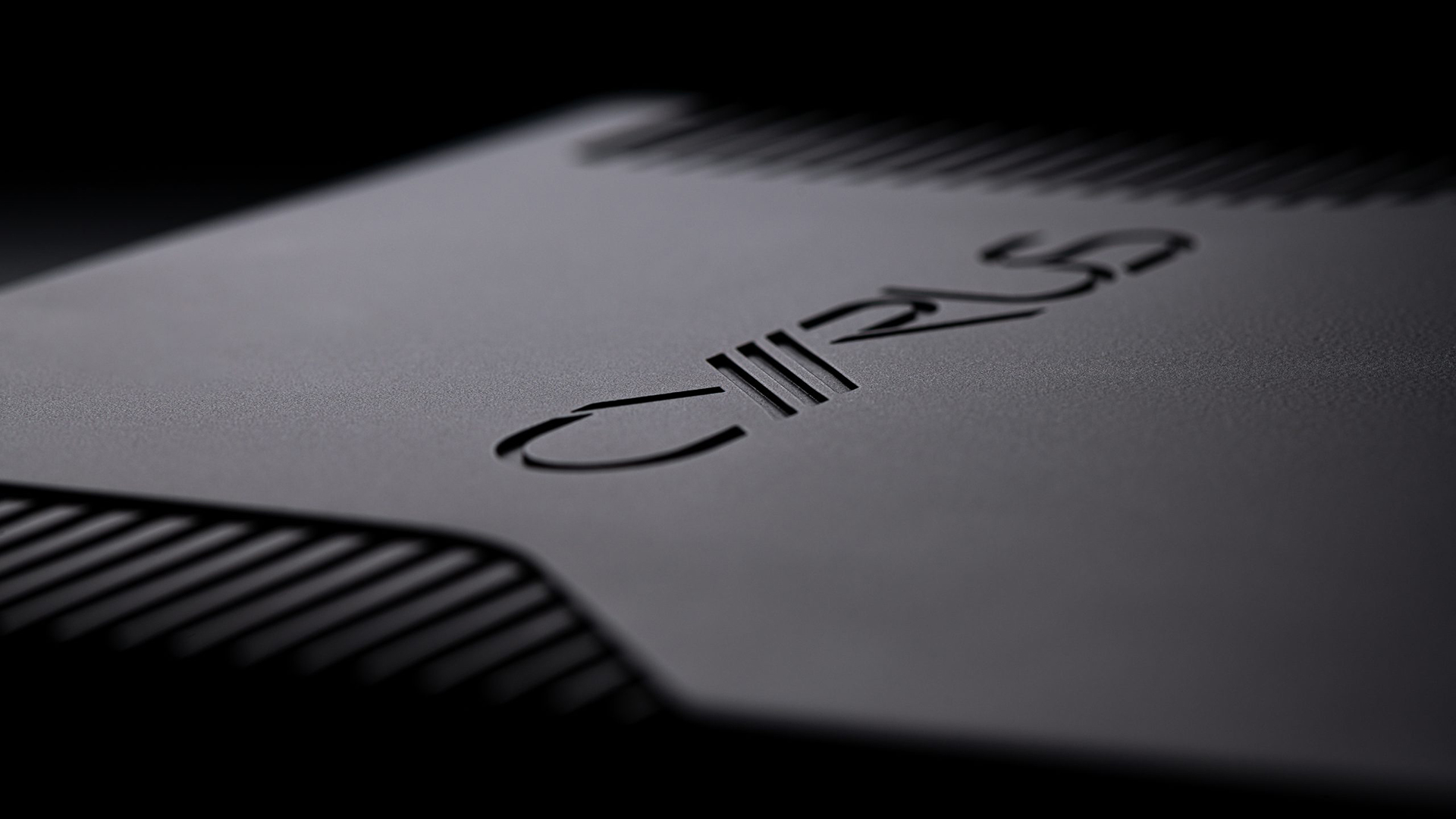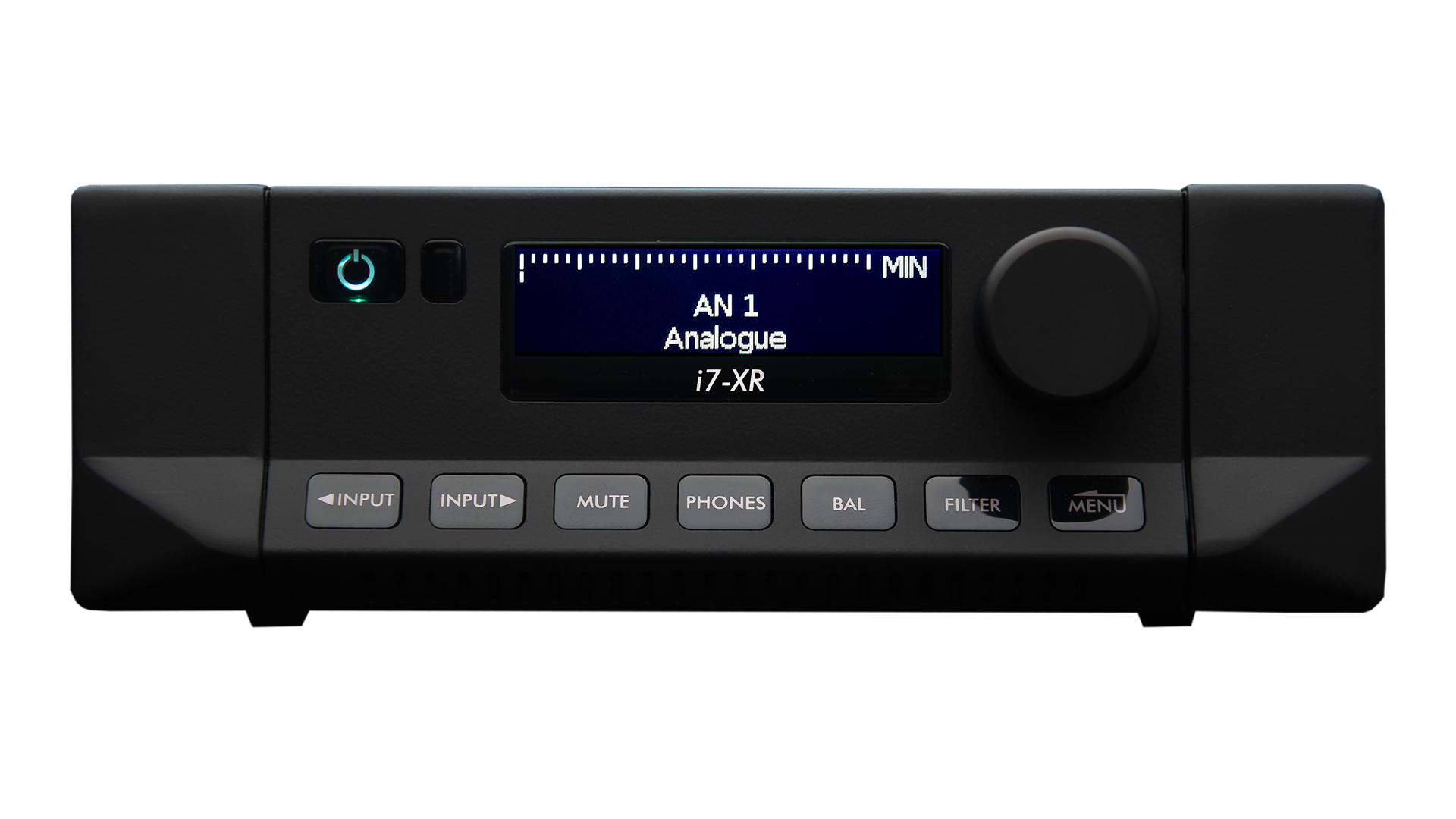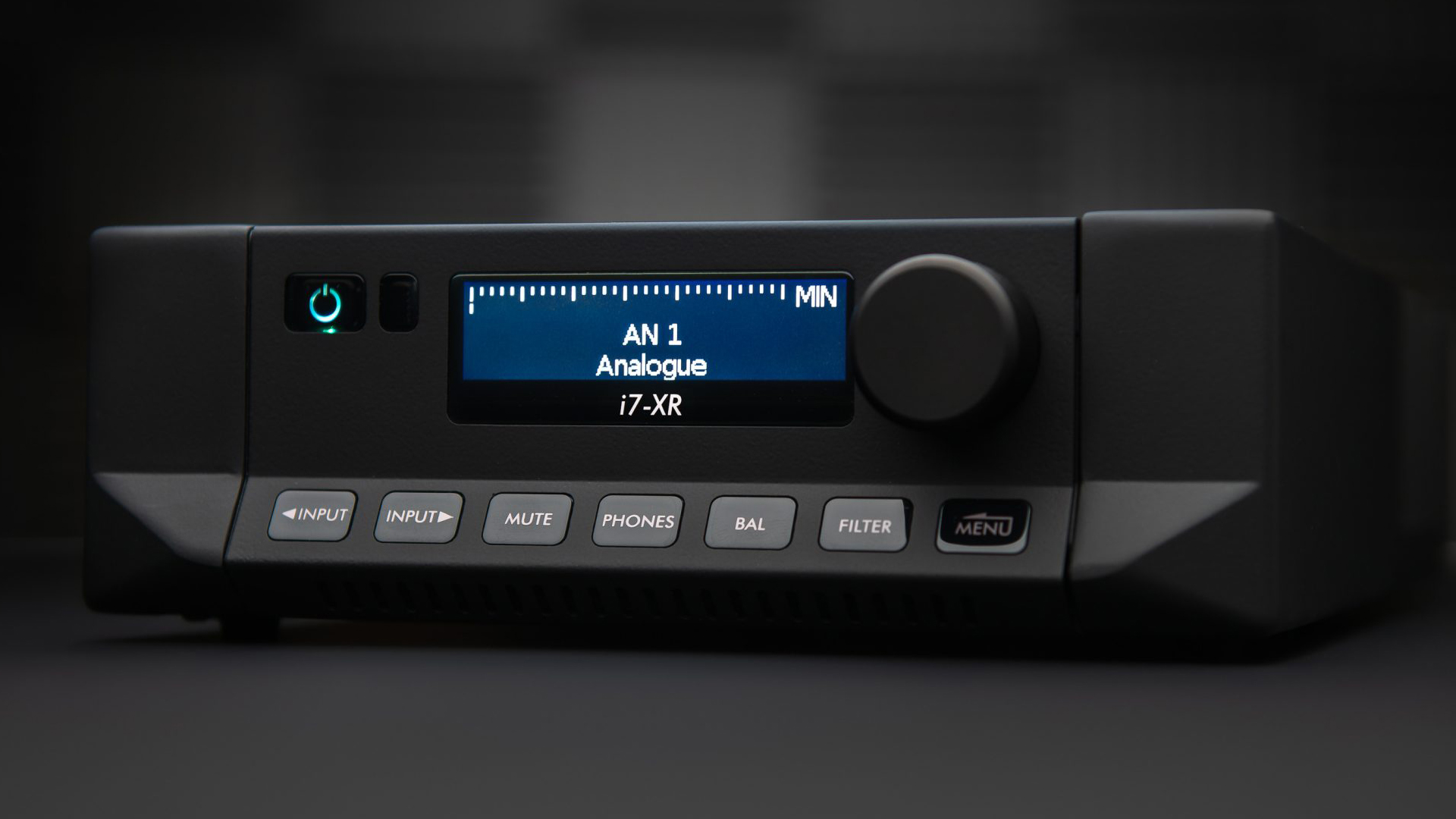What Hi-Fi? Verdict
A remarkably clear, concise and articulate performer – just not an all-round star
Pros
- +
Class-leading clarity
- +
Open, precise, articulate sound
- +
Decent quality DAC
Cons
- -
Beaten for musicality
- -
Design won’t be for everyone
Why you can trust What Hi-Fi?
Tell today’s impatient consumer that they will have to wait eight years for the next iPhone or Nike trainer and we imagine their face would screw up like that of a toddler who has just been fed a handful of kimchi. But the hi-fi admirer – us and, we suspect, you – is sensibly accustomed to be more forgiving of longer periods between evolutions. Still, as the years rolled by without a major update to Cyrus’s Classic range of components, we were beginning to wonder if our appetite for a series successor would ever be whetted.
And then, in 2021, along came the Cyrus XR Series – not a Classic refresh but indeed a next-level, top-of-the-line range designed to perform a good step above the then-flagship Classic Signature products and represent its best yet. “Ah, well that’ll do!” we thought.
The Cyrus XR Series is “all the blue-sky thinking that had accumulated over the past eight years”, according to the company’s head of research and development, Ceri Williamson, who we sat down with last year around the XR’s launch. It’s “a clean break, a new development, a new product”, to borrow another quote from the interview.
We have already had the pleasure of the six-strong series’ CD player, the CDi-XR, which in our five-star review we said offers “new sonic standards for the money”. And now, thoroughly spun out, we turn to the i7-XR, the least powerful of the range’s two similarly spec’d integrated amplifiers. Considering Cyrus’s illustrious history in amp making – spanning the 1984 Cyrus One, 2003 Cyrus 8 and the 2009 Cyrus 6XP, to mention just a few – we can’t wait to see what Cyrus has built up to.
Design

First impressions are neither here nor there as we unbox the i7-XR. Any blue-sky thinking around the components’ physical design has resulted in… the same half-width die-cast aluminium chassis the company has used for decades. That’s probably good news for existing Cyrus system owners looking to upgrade a part of it without disrupting their aesthetic (although they should note the new ‘Phantom Black’ solo finish), and means any buyer is getting a solid, well-built product that looks unlike its competitors. We’ve always liked the distinctive, industrial-looking design; it just doesn’t scream ‘evolution’.
Cyrus has taken baby steps towards design modernity, mind. Gone is the black-on-green display of the Jurassic period, and in its place is a high-contrast, white-on-black (or black-on-white, if you like) LCD display. It not only looks more at home in the 21st century than the older screen, it’s also easier to read from afar and at more obtuse angles. Not many of today’s integrateds bear a text display (as our best stereo amps list demonstrates), so we quite like being able to clearly see the volume (in dB), input playing and file sample rate when our reference Naim ND555/555 PS DR streamer’s digital output is connected and doing its thing, even if the information does look a little awkwardly squeezed onto the small screen. Of course, you can turn it off if you suffer from Asymmetriphobia or just generally find it distracting.
Below it are not the press-buttons of old but new touch keys for input switching (left and right), muting the machine, switching to headphones, adjusting the balance, selecting digital filters (of which there are seven, and well worth experimenting with they are, too) and entering the menu (where you can alter the display, perform factory resets, and find other general housekeeping settings). The keys generally look smarter and we find they respond to the touch so long as you press explicitly and not haphazardly.
The latest hi-fi, home cinema and tech news, reviews, buying advice and deals, direct to your inbox.

Connections 4 x Analogue inputs; 1 x Phono MM input; 2 x Optical inputs; 2 x Coaxial digital inputs; 1 x Asynchronous USB input; 1 x Analogue preamplifier out; 1 x Headphone output; 2 x 52W into 6 Ω / twin speaker outputs
Dimensions (hwd) 73 x 215 x 360 mm
Weight 4.9kg
For most, on-unit operation will be secondary to remote control, so we’re pleased to see that the supplied remote is substantial. You certainly get your money’s worth of nicely backlit buttons – several only apply if you have other Cyrus components connected, though – and it makes a nice change from the flimsy remotes increasingly packaged within many of today’s mid-priced components. We do find the all-important ‘select’ button hit and miss though – hopefully that's a flaw that's isolated to our review sample.
The rear of the unit represents the present day too – not by way of updated aesthetics but in the inclusion of vast digital connectivity. Pairs of coaxials and opticals and a single asynchronous USB socket (PCM 384kHz, DSD256) exist alongside four analogue stereo RCAs and an MM phono on the inputs side, while completing the list is a preamp output, a 3.5mm headphones jack (unfortunately not on the front panel), and an MC-Bus socket for facilitating universal control of connected Cyrus kit.
Feeding the digital inputs is the new 2nd-generation version of Cyrus’s QXR DAC, the successor to the original QXR it developed in 2019 and offered as a DAC module upgrade to its amplifiers, preamplifiers and DACs of the previous decade. Cyrus has also drawn on existing engineering in the i7-XR’s phono stage, borrowing design features from the company’s well regarded Phono Signature.
It’s worth noting that Cyrus has stuck with BFA connectors for the i7-XR’s speaker terminals so you might need cables terminated as such, or alternatively adapters.
Sound

We use the i7-XR first between our aforementioned Naim streamer and reference ATC SCM50 speakers, and later with the KEF LS50 Meta (the 52 watts per channel – into 6 ohms – drives both speakers without issue), and the Cyrus’s talents are quick to reveal themselves. This is a crystal-clear amplifier for its level, and you get a very satisfying sense that it’s doing its darnedest to put everything centre stage within its open, breathy soundstage.
You could say the i7-XR is like a professional orator – seemingly effortlessly articulate and a natural in getting messages across as precisely and coherently as possible. And in terms of these traits, the i7-XR is, like many Cyrus components before it, up there with the very best at this level. Play Eminem’s Killshot and his biting vocal cuts through the middle of the soundstage with intensity and focus, as if he’s spitting his lyrics just centimetres from your face during a rap battle. The track is fast and lively, and the Cyrus keeps up.
Switch momentum completely, to Ludovico Einaudi’s Oltremare, and the notes are precisely drawn and dynamically varied enough for us to stay interested during the composition’s 11-minute duration. There’s plenty to like.
We’re pleased to report that the second-gen QXR DAC is of a decent calibre, too, if you did want to connect a digital source that way. Not all DACs built into such machines offer quality as close to the analogue performance, but while the digital delivery (we stick mostly with the ‘Apodising’ digital filter) isn’t so fast-footed or full as the analogue, the stark clarity, spaciousness and general communicativeness are well retained.
So, to the elephant in the room: the absence of a fifth star.
Quite simply, while the i7-XR is truly exemplary in some sonic areas for its price, it isn’t the competitive all-rounder we hoped it would be. For all its lucidity, it somewhat lacks the sense of innate musicality that we’ve loved in Cyrus amplifiers of old – something that switching over to the Naim Nait XS 3 only accentuates.
Play Farruko’s Pepas and the Naim makes more musical sense of the upbeat mix. As the layers of instrumentation, vocals and synths build and build, the patterns are more tightly coordinated through the Cyrus's rival, which also edges it over the i7-XR in communicating the true nitty-gritty textures of sounds and, irrespective of that, is a little more solid particularly through the mid to lower registers. Similarly, going back to the Einaudi track, we get a better sense of the sequence’s flow through the Naim’s rendition.
Verdict
The Naim is an excellent amplifier – its multi-What Hi-Fi? Award-winning status speaks to that – but regardless of its upper hand over the Cyrus newcomer, we ultimately wish the i7-XR struck a better balance between exactness and entertainment. If it convincingly nailed musicality, it would undoubtedly be strutting away from our test rooms with that fifth star shaded in. Because what it does well, it does very well indeed. And just like that, we’re already itching to see what Cyrus comes up with next.
SCORES
- Sound 4
- Features 5
- Build 4
MORE:
Also consider the Naim Nait XS 3
These are the best stereo amplifiers: the best integrated amps for every budget
What Hi-Fi?, founded in 1976, is the world's leading independent guide to buying and owning hi-fi and home entertainment products. Our comprehensive tests help you buy the very best for your money, with our advice sections giving you step-by-step information on how to get even more from your music and movies. Everything is tested by our dedicated team of in-house reviewers in our custom-built test rooms in London, Reading and Bath. Our coveted five-star rating and Awards are recognised all over the world as the ultimate seal of approval, so you can buy with absolute confidence.

